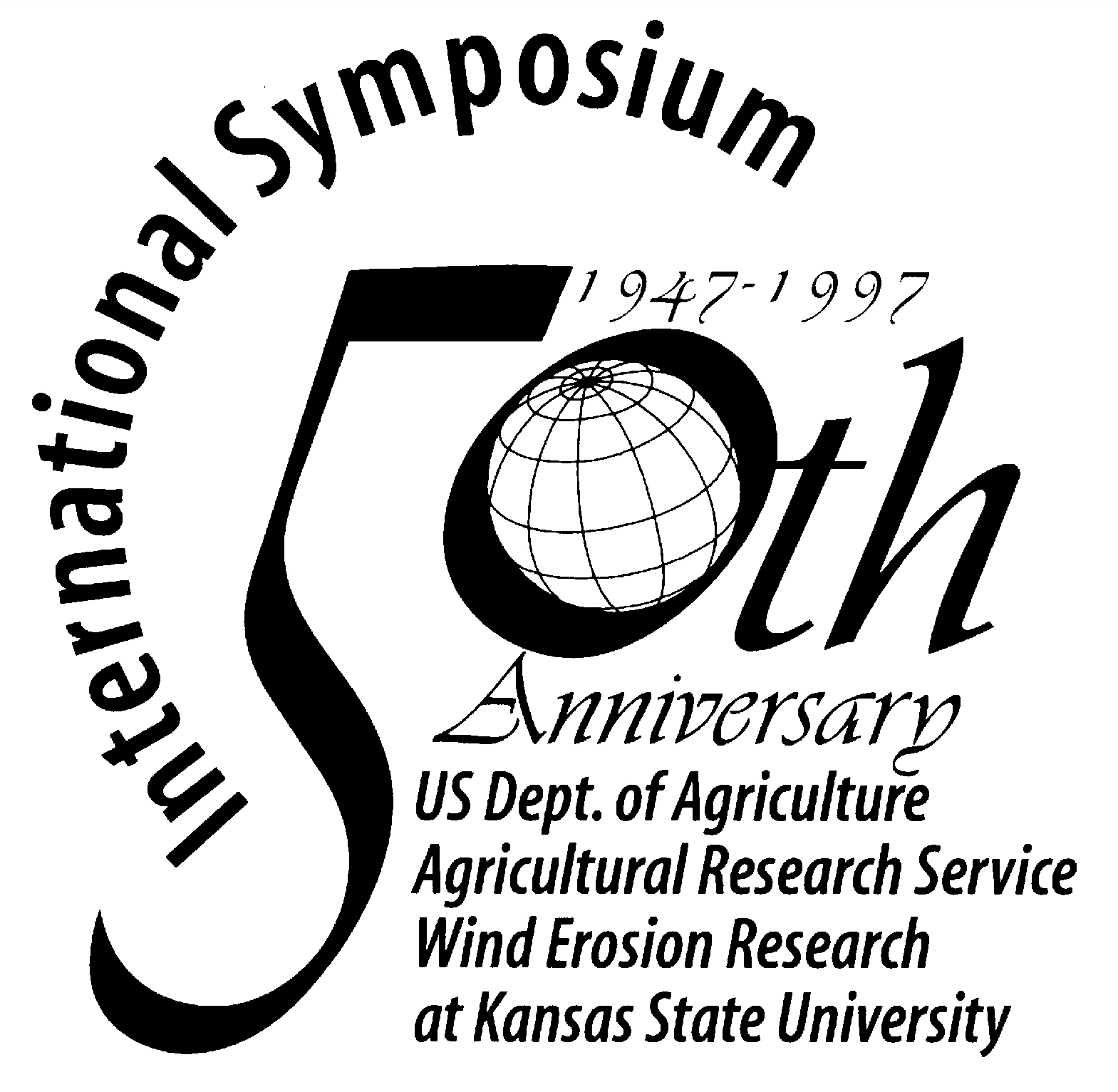Soil-Inherent Wind Erodibility: Progress and Prospects
Stephen D. Merrill, Alfred L. Black, and Ardell D. Halvorson
Abstract
Soil-inherent wind erodibility (SIWE) is determined by non-ephemeral properties of
surface soil other than wetness, roughness, or crop residue. SIWE is dominated by
aggregate size distribution (ASD) and aggregate stability (AS). Chepil developed the
rotary sieve for measuring SIWE as apparent aggregate size distribution.
Drought accelerates wind erosion through loss of crop residues and deterioration of
SIWE indicators such as increase in erodible fraction (EF), but there are few long-term
studies of this. Bisal observed strong SIWE effects in Saskatchewan spring wheat-fallow in
the late 50's - early 60's drought. Our SIWE measurements on spring wheat-fallow in North
Dakota showed that EF values of 45 to 55% in droughted 1989-1990 improved to 15 to 25% in
wetter 1992-1994. In our studies, long-term climate had considerably greater effect on
SIWE indicators compared to effects caused by tillage treatments.
In analysis of SIWE dynamics, it is difficult to separate influences of physical
effects, such as wetting, drying and snowcover, from those of plant growth and
microbiological action. To assure further progress in SIWE research, passive wind
erodibility observations in agronomic experiments must be supplemented with measurements
under active manipulation of the field environment, such as use of rainout shelters and
irrigation, and manipulation of snow and residue cover. |




